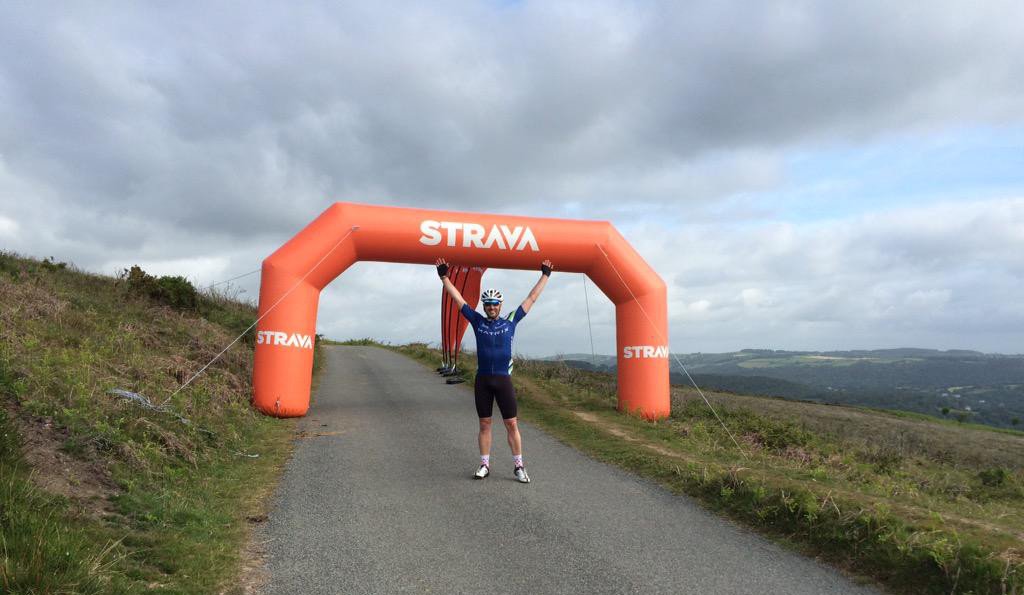Top 5 Tips for Strava Security

The emergence of a range of cycling apps, most notably Strava, is a consequence of the fun to be had from comparing your performances on local roads and routes, as well as at races and events, with your friends and ride buddies.
Use of ride mapping software is on the up. During 2014, Strava was adding an extra 100,000 global users every week. In the UK alone, users clocked 521,189,000km. Bikes are being ridden more than ever before, and riders are looking to measure their performances.
Ride mapping software makes the bike thieves life an easy one.
Since the end of 2014, it’s become apparent that there are a range of risks associated with using the software, most notably that of having your bicycle stolen –with national press reporting Police advice to be careful and specialist cycling press warning enthusiasts about the dangers.
Bike thieves have recognised that it’s a simple way to track exactly where you are, often even knowing what bike you’re on as the software logs that information too. That means that you could be at risk while out on the bike – particularly if riding alone in rural areas. Conversely, you could be inadvertently leading thieves to your home address where the garage is loaded with valuable cycling goodies.

Five easy steps to take, to ensure you don’t become a victim of Strava related bike theft.
- Strava and most of the others have easy to use privacy settings – make use of them. In your settings, you will find that you can set up a privacy perimeter around your home – so that, with a set distance that you select, half a mile for example, your exact home location is effectively hidden.
- Manage your friends and followers. Just like Facebook, Twitter and most of the other mainstream social media platforms, you can manage who sees what you’re doing and saying. By setting your followers to private, you can ensure that only people who you have granted access to your profile can see your activity.
- Think about when you upload ride files. Most cyclists tend to have something of a routine. Whether it’s your daily commute, a training plan, or just the couple of slots of time you get each week for riding; a pattern will emerge that tells people when you’re most likely to be in or out. By uploading all of your week’s data in one go, you go some way to mitigating the risk of those precise details being too obvious.
- Don’t give too many details about the bikes you ride. A key piece of functionality that you have is to list the equipment you’re using. If you have a 650b and a 29er mtb, or a training bike and a TT bike, list them as just that rather than detailing the full Dura Ace or XTR spec! You’ll know which bike you mean, you don’t need the rest of the world to know!
- With many ride mapping tools, you can connect your account to other social media, including the likes of instagram. In Strava, you can take pictures on your ride and embed these into the ride details when you’ve downloaded it. Try to resist the temptation to take lots of pictures of yourself aboard your £5000 pride and joy.
Away from the digital landscape and back in the real one
The same common sense advice applies, check out our advice on locks and padlocks, based on the requirements for cycle insurance customers. We have made the requirements easy to follow and they are also good standards to follow even if you’re not on cover, to help deter or slow down potential thieves. Oh, and another commonsense bit of free advice, get comprehensive cycle insurance that reflects your particular needs, do you know anyone that offers that…
Hey why not join the Yellow Jersey Strava Club we have pro riders you can compare yourself to on our leader board?
Yellow Jersey Bicycle Insurance can protect all of your bikes on a single policy